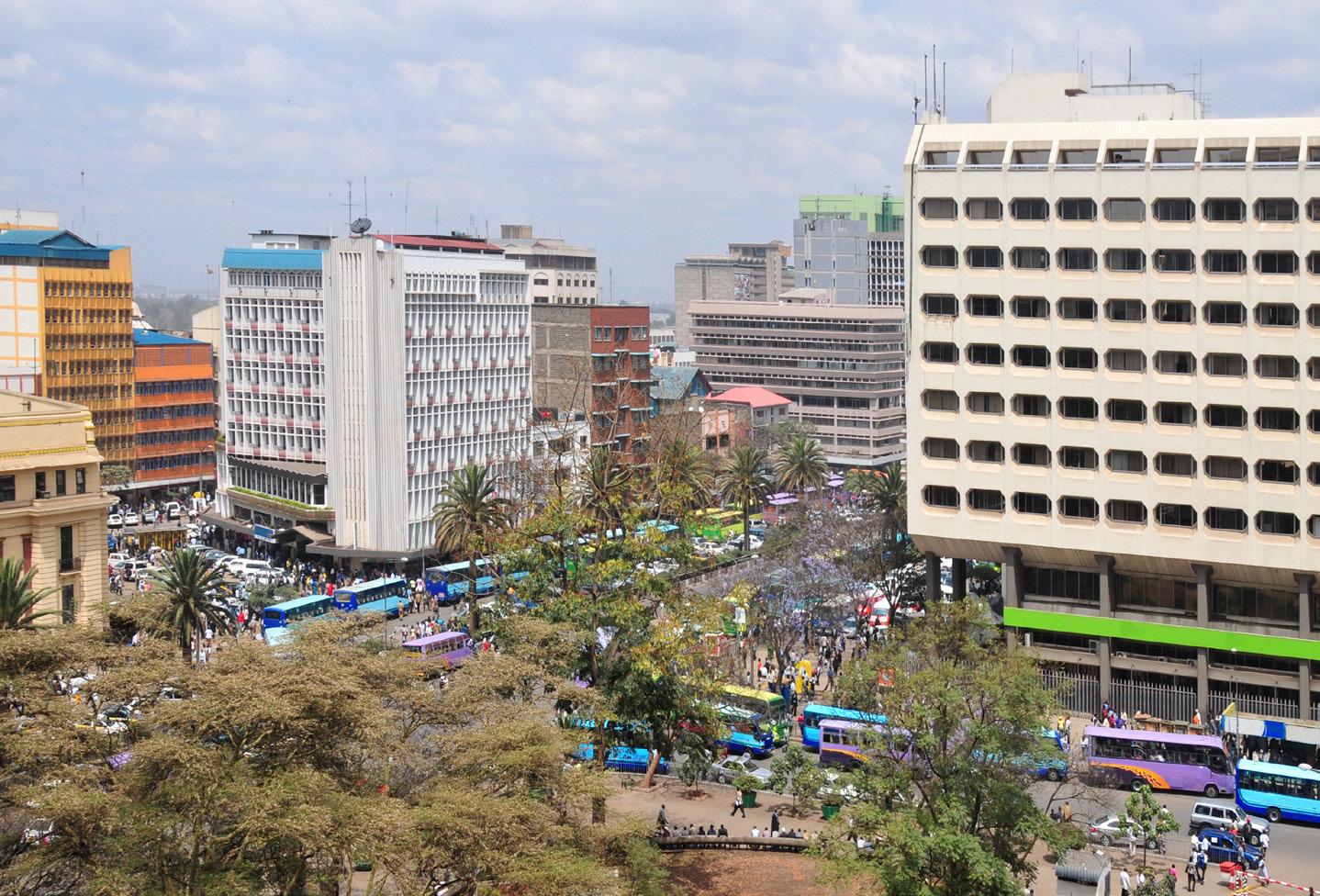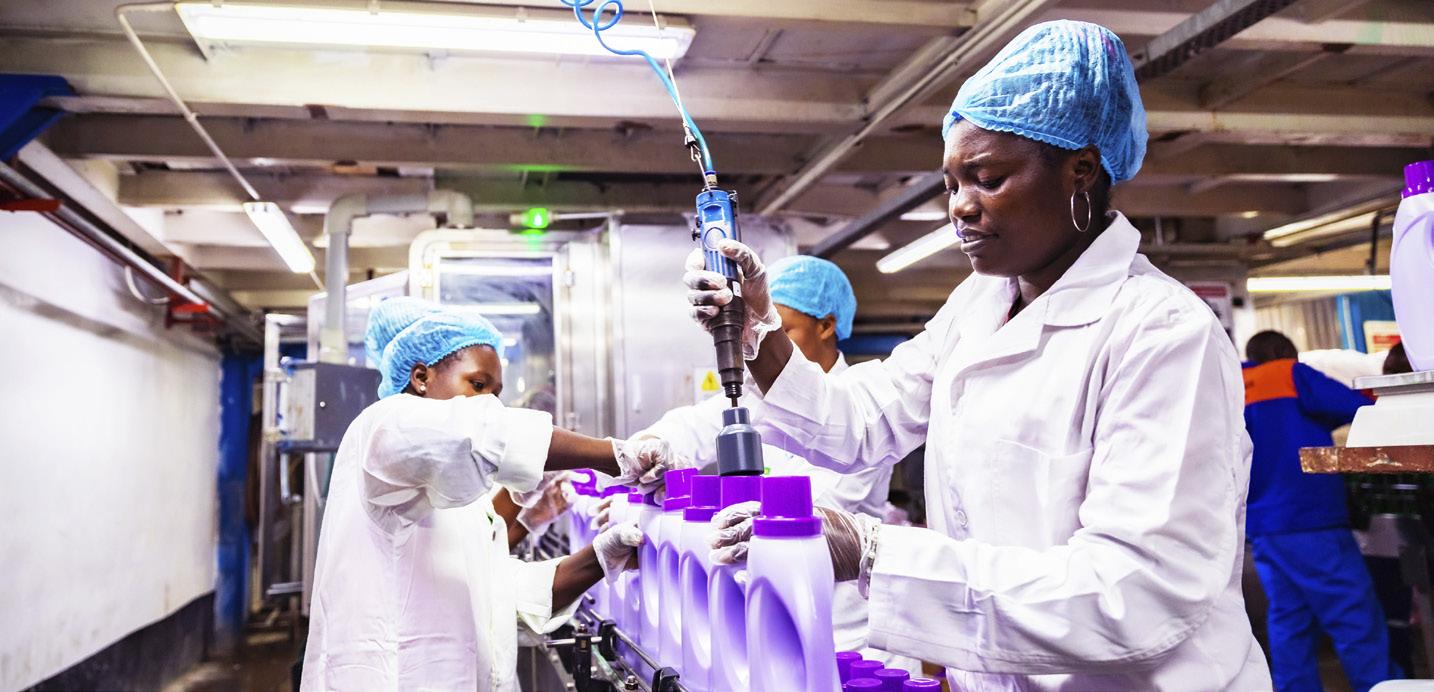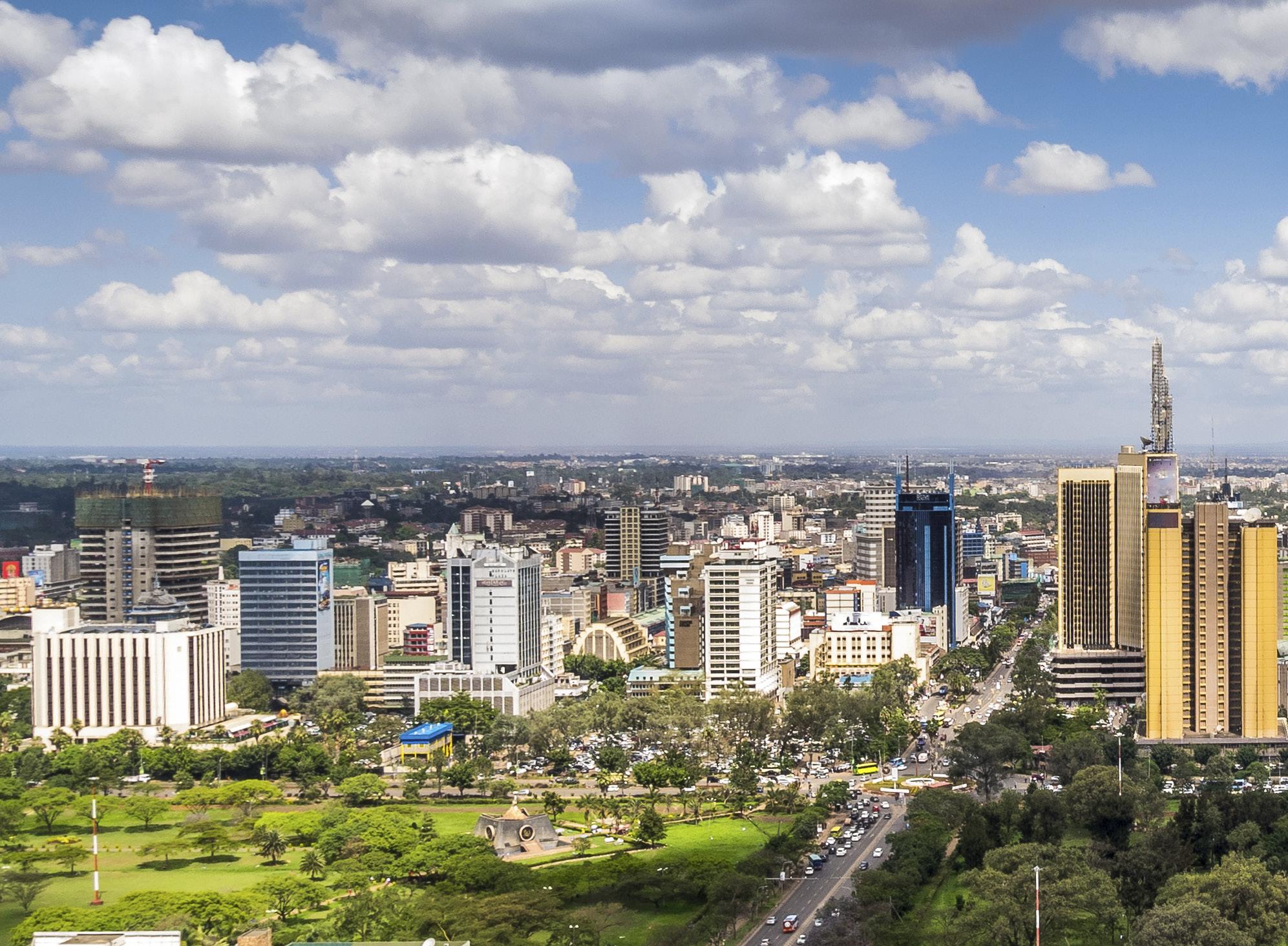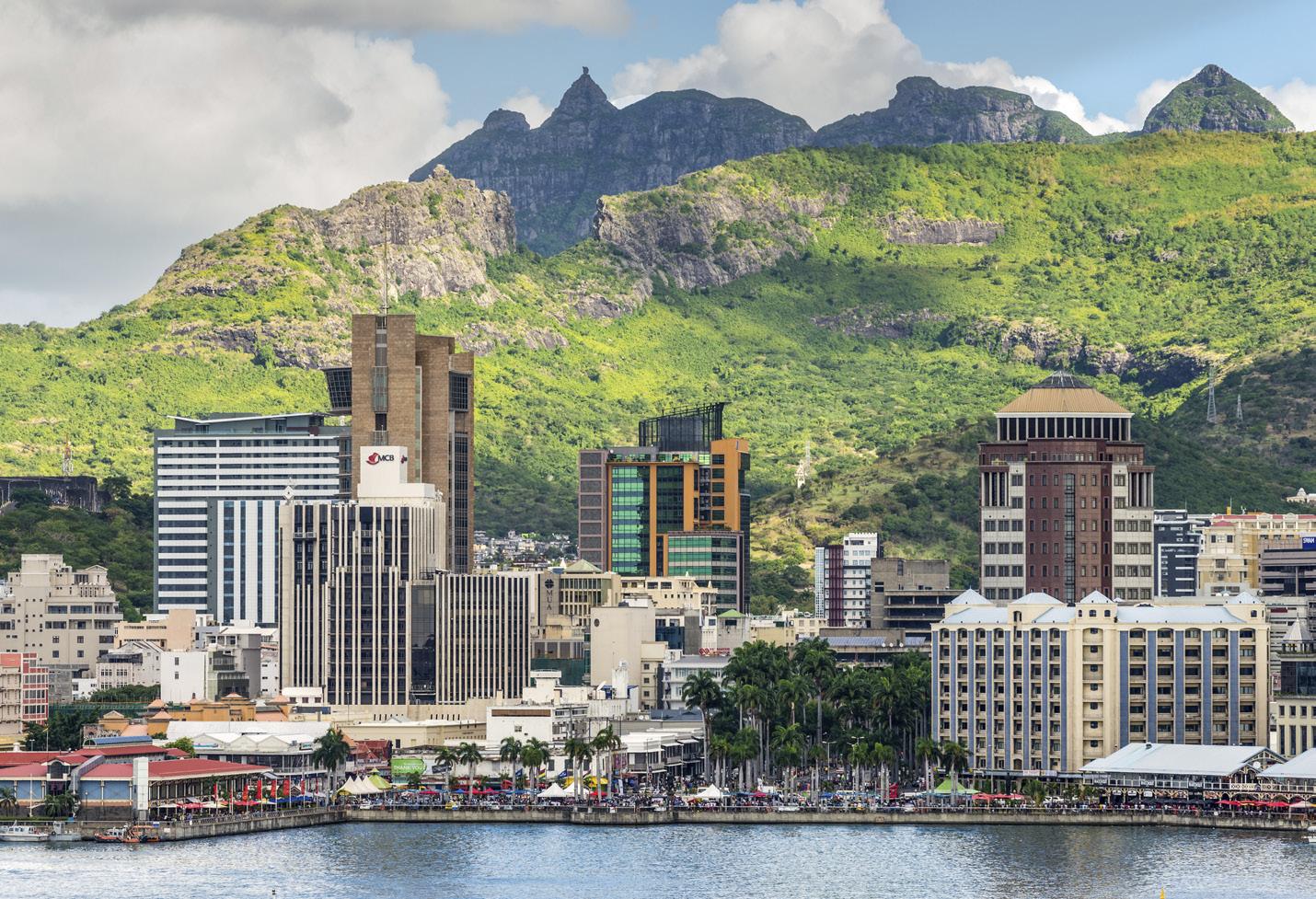Elections in the Central African Republic were marred by violence in 2020. Climate
T
he Regional Economic Com m un i t y ( RE C ) o f th e Central African region is the Ec o n o m i c Co m m u n i t y o f Central African (ECCAS). ECCAS was established in 1983 when the Customs and Economic Union of Central Africa (UDEAC) joined forces with the Economic Community of the Great Lakes Countries (ECGLC) and the island nation of São Tomé and Príncipe. The member states of ECCAS are Angola, Burundi, Cameroon, Central African Republic, Chad, Congo, Democratic Republic of the Congo, Equatorial Guinea, Gabon, Rwanda and São Tomé and Príncipe. ECCAS contributes to peace-keeping through the Mission for the Consolidation of Peace in Central African Republic (MICOPAX). The six members of the Economic and Monetary Community of Central Africa (CEMAC) share a common currency, the Central African CFA franc managed by the Bank of Central African States. The countries are Cameroon, Chad, Central African Republic, Equatorial Guinea, Gabon and the Republic of the Congo.
AFRICAN BUSINESS 2021
The region covers 6.5-million square kilometres. The place where the rains from the north-east meet the winds from the south-east is called the Intertropical Convergence Zone (ITCZ). The ITCZ crosses the equator twice a year, creating two rainy seasons and two dry seasons. Thunderstorms are common. Rainfall in the southern section is more variable and proximity to the coast influences weather patterns, as does topography. The equatorial region is the wettest part of the continent and its evergreen tropical rainforest is the second-biggest on earth. The Congo Basin is Africa’s biggest water catchment area. Variations in climate extend north and south of the equator, starting with the savanna forest, and getting drier the further one travels away from the equator. In the most northerly part of the region, the thorny steppe occurs, which is typical of the Sahel.
Economy Commodity prices play a big role in the fate of the economies of the Central African region because minerals and oil are the two biggest assets currently being utilised. The vast forests contribute to the export baskets of many nations but there are concerns that illegal logging may be reducing this resource. The powerful rivers of the region present further opportunities; the Congo Basin has 44% of all Africa’s estimated internal renewable water reserves (African Development Bank). Political instability hinders growth. Three of the region’s states are considered “fragile” (Central African Republic, Chad and the Democratic Republic of Congo) and Cameroon is experiencing severe tensions between English-speaking regions that want to secede from the predominately Francophone country. There is little integration within the region and infrastructure is under-developed. The region’s abundant natural resources could fuel the development of a manufacturing sector.
Resources Oil, timber, copper, cobalt, diamonds, uranium, gold, natural gas, fish.
52

















